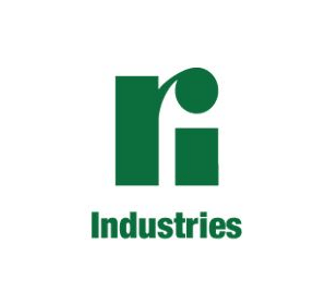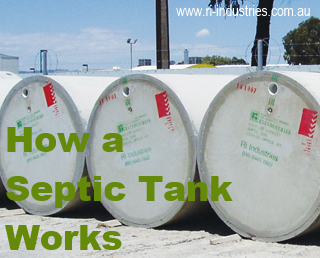Safe disposal of sewage and effluent is essential to protect the health of the community. Why? Sewage and effluent can contain a variety of human disease-causing microorganisms and parasites which can be spread to humans by direct contact or indirectly by consumption of contaminated food or water.
In most unsewered developments across Australia, septic tank systems are used to treat and dispose of sewage, also referred to as wastewater. The government of Western Australia has provided a rather simple explanation of how septic tank systems work which apply to South Australia as well:
“When wastewater passes through the septic tanks, heavier solids sink to the bottom and undergo bacterial digestion. This reduces the quantity of solids and also changes its composition to sludge, which builds up in the bottom of the tank. Materials such as grease and oil float to the surface in the tanks to forma crust over the liquid. The remaining liquid, called effluent, flows from the tanks into the drainage receptacles to soak into the surrounding soil where it may undergo further natural treatment processes.”
Also from the Government of Western Australia come tips for a healthy efficient septic tank system:
- Have the septic tanks pumped out regularly.
- Allow as little fat or grease as possible into the system.
- Minimise and stagger water usage.
- Regularly switch the drain or soakwells in use if you have an alternating system.
- Do not dispose of non-biodegradable materials into your septic, e.g. plastics.
- Do not dispose of old medicines, large amounts of disinfectant (biocides) or other strong chemicals into the septic tank. These can kill the normal bacteria and interfere with the system. Bleaches and detergents have no adverse effects when used in moderation.
- Do not drive vehicles over the system.
Of course, Ri-Industries can answer all your questions on how septic tank systems work, problems that may arise, and how to maintain septic tank systems for best use. Call us with your questions or to learn about the products we sell. 08 8444 8100



